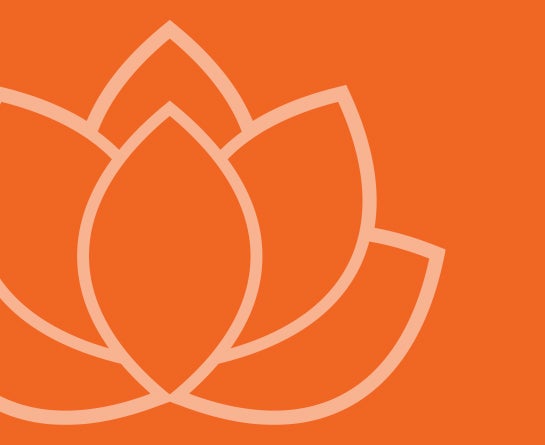Placing yourself in a sauna at temperatures beyond what is normally comfortable initiates a biological process called “hormesis.” The body responds to just the right amounts of stressors by activating a “defense system.” In his book, The Immunity Fix, Dr. James DiNicolantonio highlights the importance of “hormesis” for humans. It’s the “what doesn’t kill you makes you stronger” paradox. Hormesis is the idea that the body needs to know how to adapt to extremes, like extreme heat or extreme cold, to be as resilient as we need it to be to fight off colds, flu, and other viruses and infections.

Immune System Hacks: Hormesis, Heat Shock Proteins and Hyperthermia
Longevity, ImmunityWhen you want to stay healthy, working with your body’s natural healing ability is a great way to help build your immune system. In the world of saunaing, we tap into the benefits heat provides to our bodies. Here we explain how it works to strengthen your body’s ability to fight off illness.
Weight training is an example of this concept: as you lift more weight, you break down muscle to build muscle and be able to lift even more. Intermittent fasting is another example of introducing a type of stress that is beneficial by teaching your body to power through times of nutritional scarcity.
The right amount of exposure to stress can increase resilience, and lack of exposure to stress can lead to vulnerability. Our environment originally provided naturally occurring opportunities for stress, which is required for health, growth or homeostasis.
We live in a modern world that makes it easy to stay in an air conditioned or perfectly heated environment, so we don’t experience the same extreme shifts that our ancestors had to cope with. Our desire for comfort also raises some health implications that we need to counterbalance to help our bodies stay healthy. The heat of an infrared sauna makes hormesis an enjoyable way to reap the benefits of hormesis without extreme discomfort.
Hormesis provides practice opportunities for our body’s stress response, or defense system, much like a tornado or fire drill. The cells within our bodies are constantly coping with injury, and the “molecular chaperones” of the protective and repair processes are part of the heat-shock protein family (HSP). Our cells adapt to challenges in many ways, including adjusting metabolism (the chemical processing), protecting essential parts within the cell, inhibiting the pathways that cause cell death, and activating repair for damaged cells. HSPs are specific proteins that our bodies make when cells are briefly exposed to temperatures above normal growth temperature. This happens in all plant and animals, as well as humans. HSPs are rather remarkable in their job of protecting cells and creating heat stress stability. The more you learn about the role these play, the more you want to make sure you’re giving your body this HSP workout. HSPs occur when our bodies experience hyperthermia.
Hyperthermia is an increase in core body temperature, which triggers the creation of HSPs. It’s the same response that happens when you are sick and have a fever. These proteins make it more difficult for a virus to replicate and travel through the body. To build our immune systems, the body benefits from the practice of intentional hyperthermia to recreate a “fake fever.” In the same way illness initiates a fever in order to burn away the germs perpetuating the illness, choosing to heat the body’s core temperature helps flush out toxins and kill germs in the same way a fever does.
Harness the power of heat to build your immune system with the benefits of hormesis, heat-shock proteins and hyperthermia. It’s a simple, natural way to help yourself build a foundation of health and wellness.
Harness the Power of Heat
REFERENCES
1 DiNicolantonio, James, and Siim Land. The Immunity Fix: Strengthen Your Immune System, Fight off Infections, Reverse Chronic Disease and Live a Healthier Life. DiNicolantonio, James. Siim Land, 2020.
2 Dubrez, L., Causse, S., Borges Bonan, N. et al. Heat-shock proteins: chaperoning DNA repair. Oncogene 39, 516–529 (2020). https://doi.org/10.1038/s41388-019-1016-y


